Skopje – Our Home for Three Months
Stretched out along the Vardar River, Skopje is Macedonia’s capital and by far its largest city. Well-connected to the rest of the country by highway, bus and train, and boasting a considerable number of museums, restaurants, and historic sights, it was the obvious choice as our base of operations.
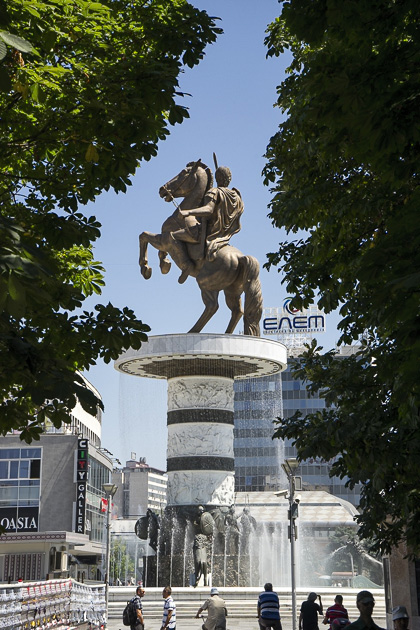
Evidence of human presence in Skopje dates back 6000 years, to the Neolithic period, but it wasn’t until the Romans arrived in 148 BC that the city made its debut in documented human history. Skupi, as it was called by the Romans, was a strategically-located Balkan outpost and important trading center. When the Roman Empire split in 395 AD, Skupi fell under the protection of the eastern half: the Byzantines.
This was a troubled time for the frontier town. There was a devastating earthquake in 518, which destroyed the city entirely. And because it was located far from the Byzantine capital of Constantinople, but very close to the upstart Bulgarian and Serbian Kingdoms, strategically-situated Skopje was the subject of frequent regional disputes. It was named capital of the Bulgarian Empire in the 10th century, and became the capital of Serbia in the 14th. In 1392, the Ottoman Turks took possession, bringing with five centuries of stability to Skopje, along with a new religion, architecture and culture. And a new name, as well: henceforth, the city was to be called Üsküb.
Üsküb quickly took to the religion of its new masters, and soon mosques and bath houses were springing up around town. The Ottomans were tolerant, and Jews who had been kicked out of Spain in 1492 found a permanent home in Üsküb, alongside populations of Roma, Greeks, Albanians, Vlachs, Mijaks, Bulgarians and more. This cosmopolitan mix of cultures and identities has mostly survived into the present day, and remains one of Skopje’s defining characteristics. (Fun Fact: in France and Spain, a mixed fruit salad is called a “Macedonian,” referencing the region’s myriad cultures.)
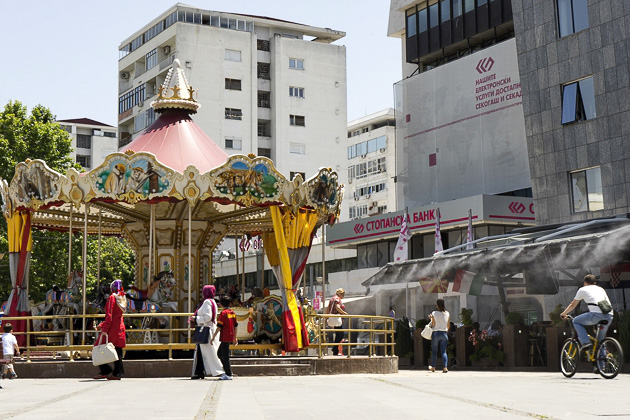
By the dawn of the 20th century, the Ottoman Empire was falling apart. After the Turks were expelled from the region, Üsküb reverted to the Slavic-Roman pronunciation of its name, Skopje, and became part of the Serbian Kingdom. During World War II, Nazi-affiliated Bulgaria marched in and exported the city’s entire population of 3000 Jews to the death camp of Treblinka. In 1944, the occupation came to an end, and a liberated Skopje was named capital of the new Yugoslavian state of Macedonia.
With a population of over 500,000, or about 25% of the country’s total, Skopje is far and away Macedonia’s largest city, and the center of Macedonian learning, sports and art. Constructed along the Vardar River, which flows south to Thessaloniki, Skopje is encircled by mountains and prone to violent earthquakes. The latest came in 1963; measuring 6.1 on the Richter scale, it destroyed the city center and killed 1000 people.
On our initial drive through the city, in a taxi from the airport to our downtown apartment, we kept our noses pressed to the windows. Skopje was beautiful and more diverse than we had expected. We saw mosques, Orthodox churches, crowded cafes, joggers alongside the broad Vardar River, ostentatious statues and deteriorating buildings. Later that evening, sitting on our balcony as the sun went down, we heard the call of the muezzin… a plaintive sound we had become familiar with in Istanbul, but were surprised to hear in Macedonia.
Skopje is a city of contrasts, and is the kind of place which is fun to explore slowly over the course of a few days, or even weeks. For a European capital, it’s relatively small and compact, so you don’t need to do a lot of research before arriving. In fact, the best thing to do is simply to set off into the streets, and allow Skopje to reveal itself to you. Despite its small size, we never ran out of things to do, and discovered something new every day.

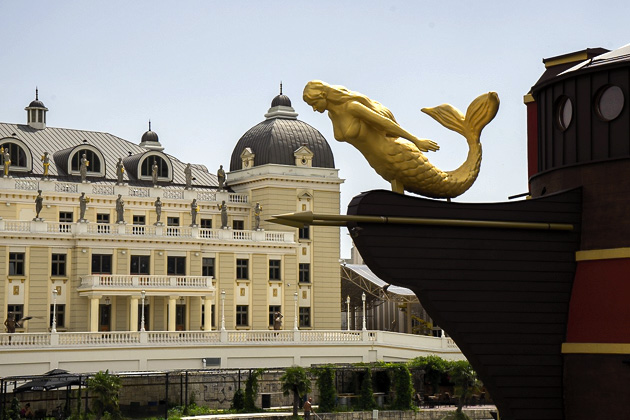


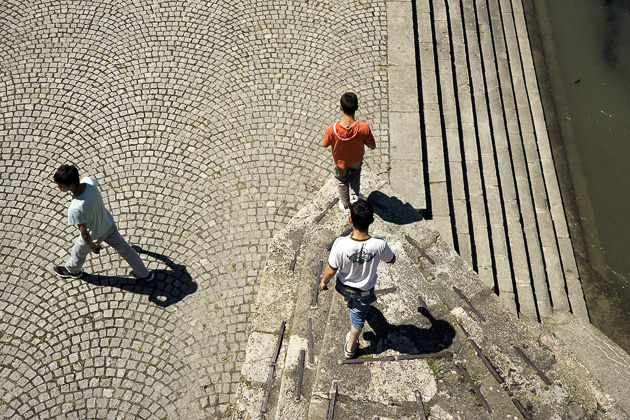
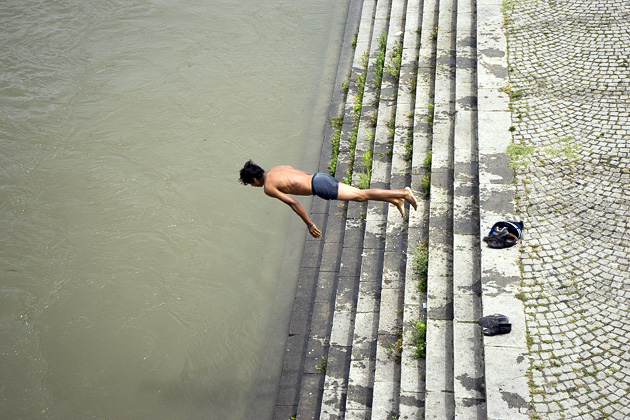
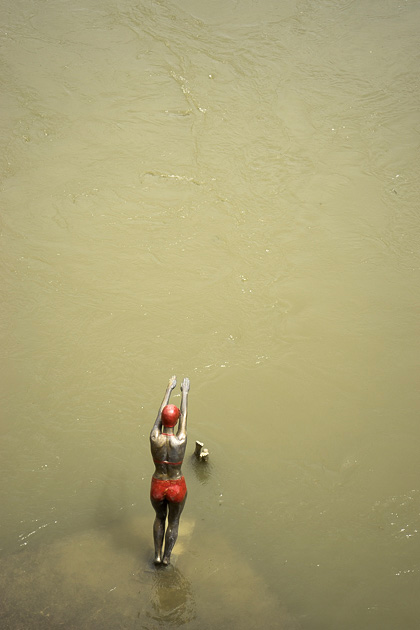
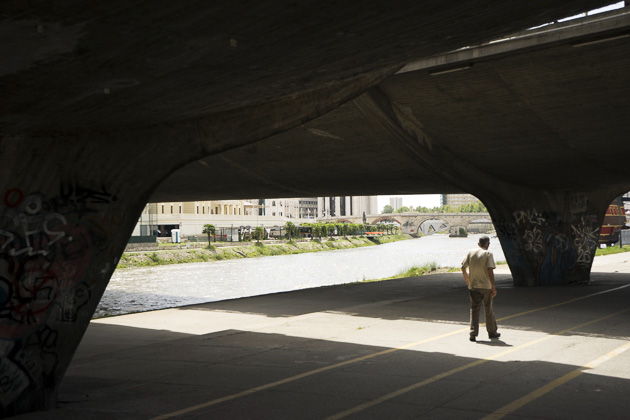
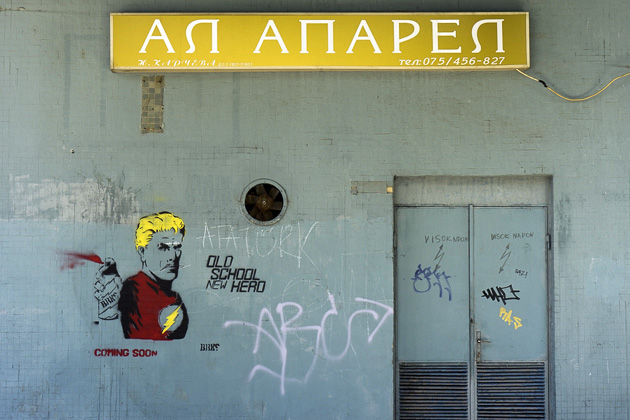
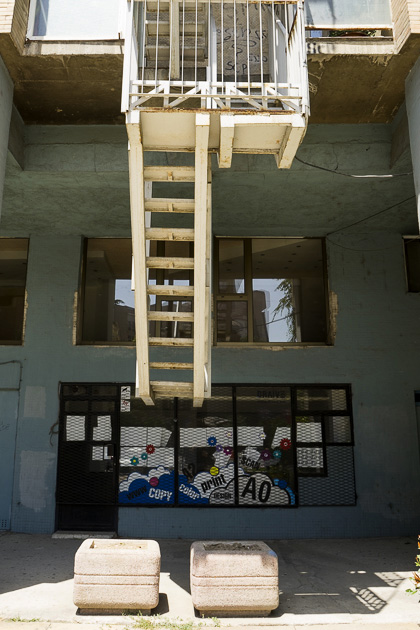
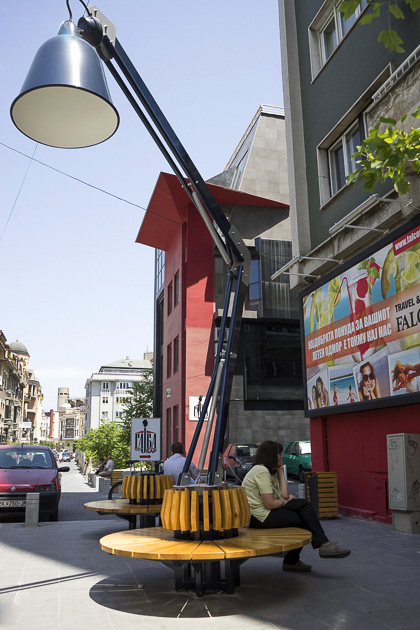

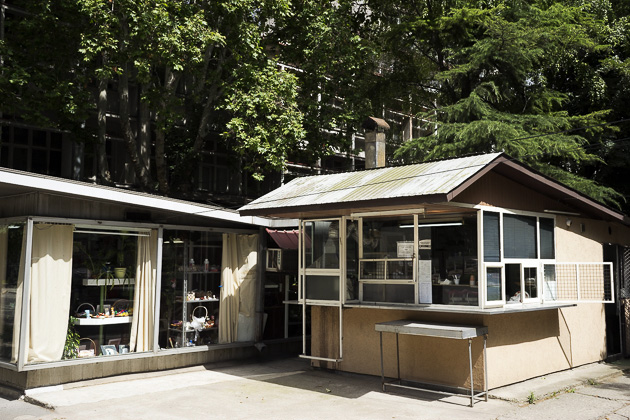
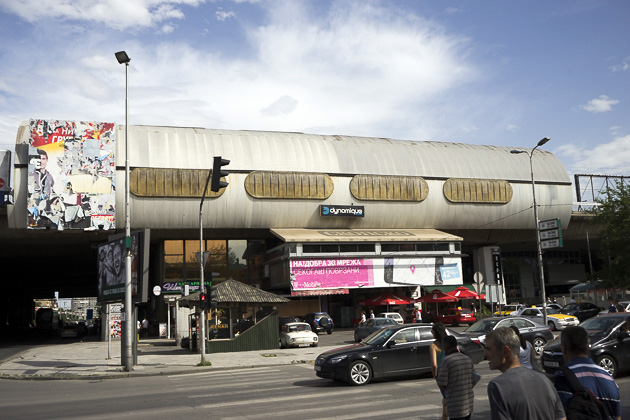
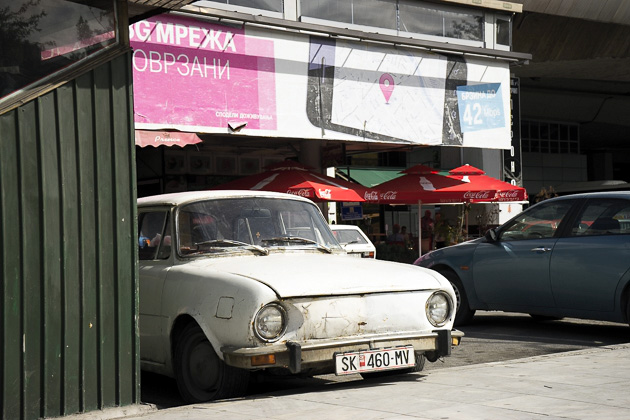
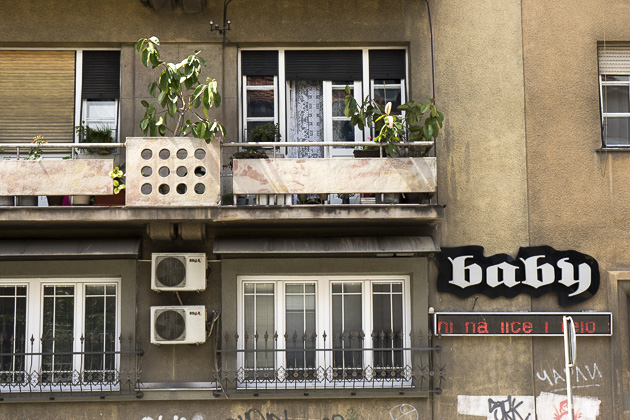
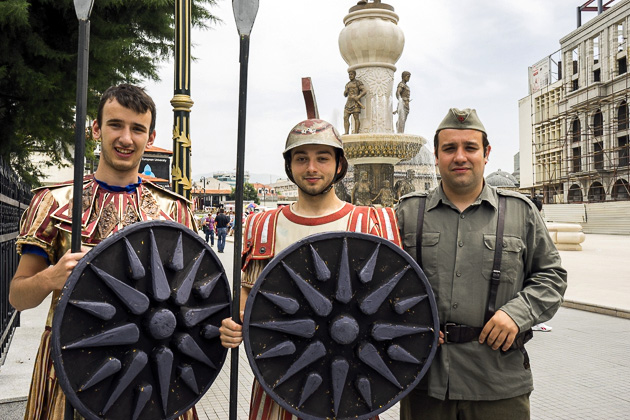
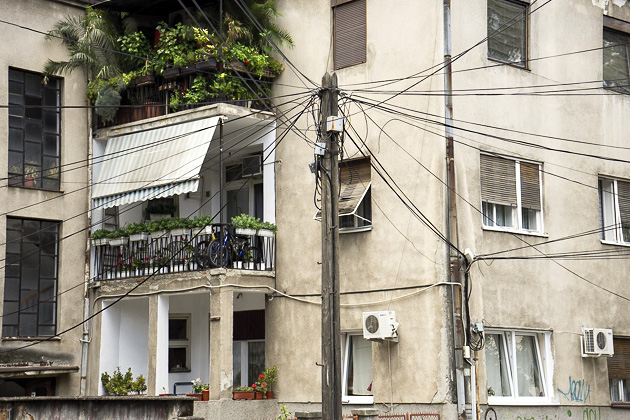
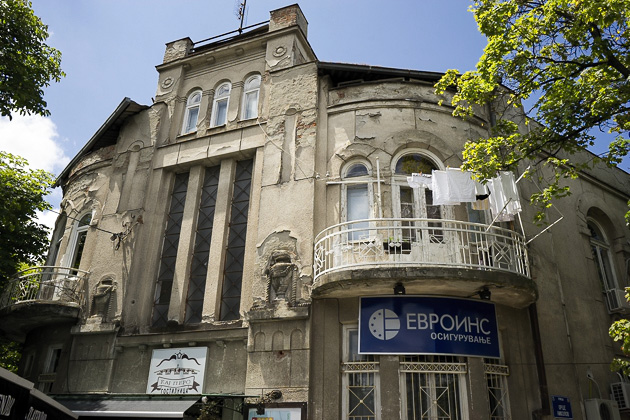


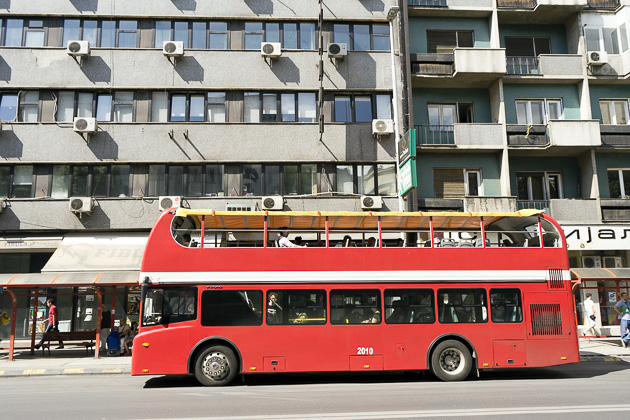
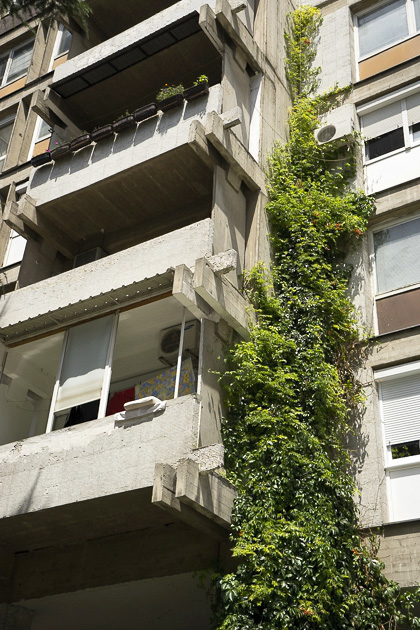
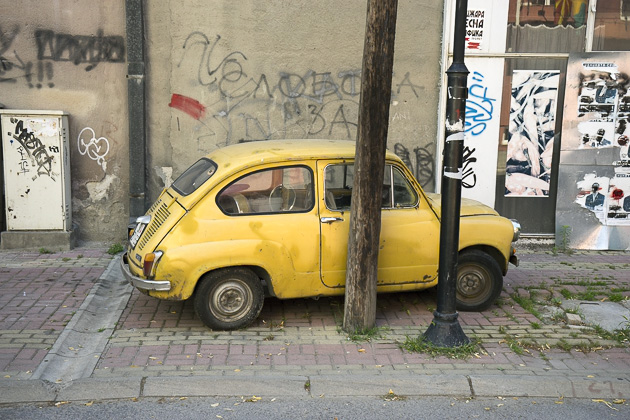
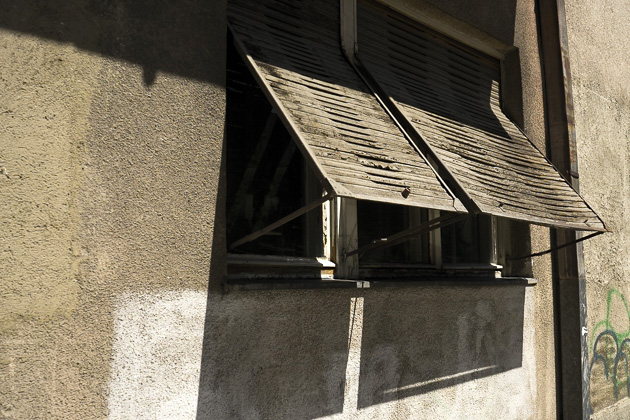
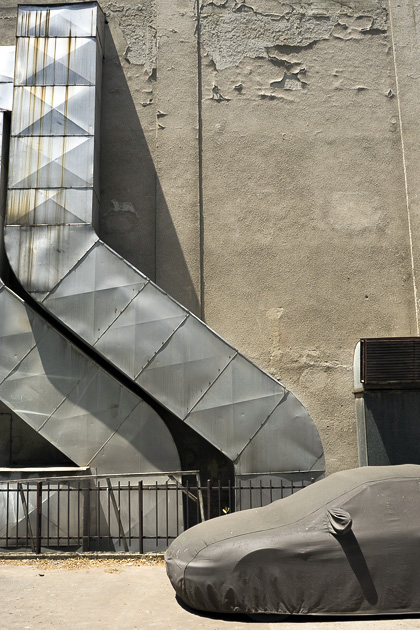
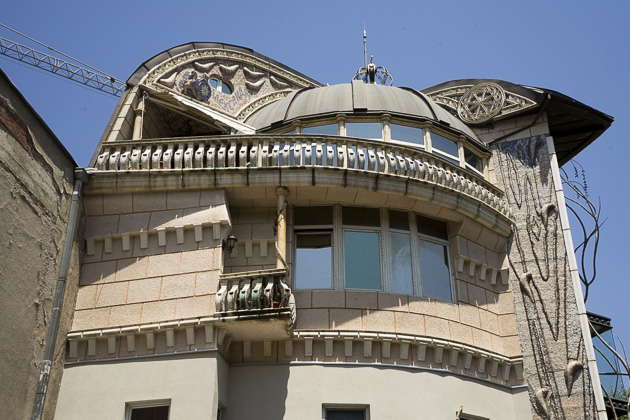
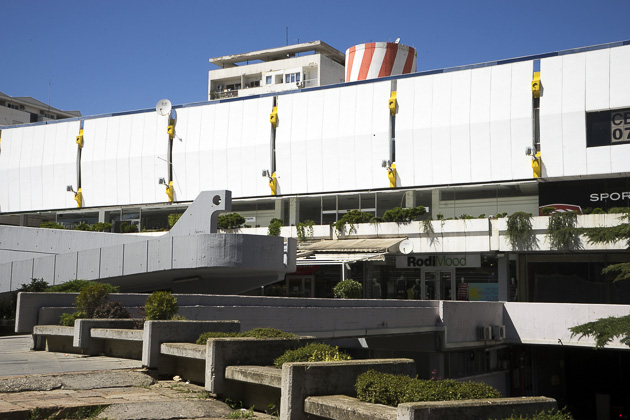

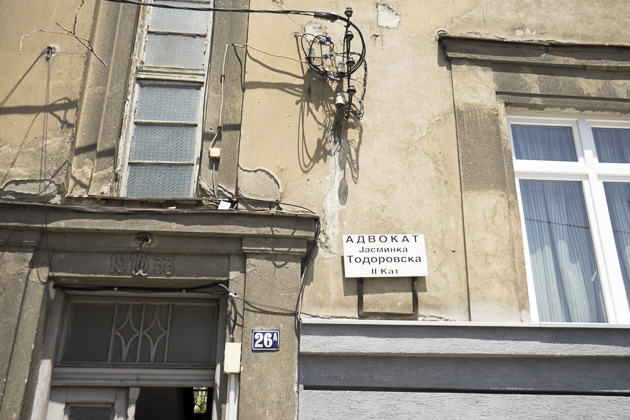
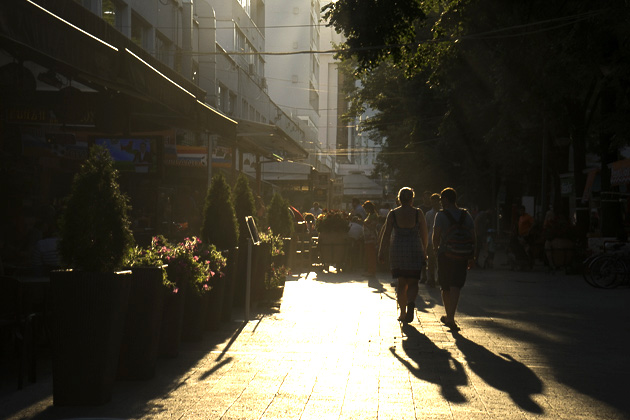
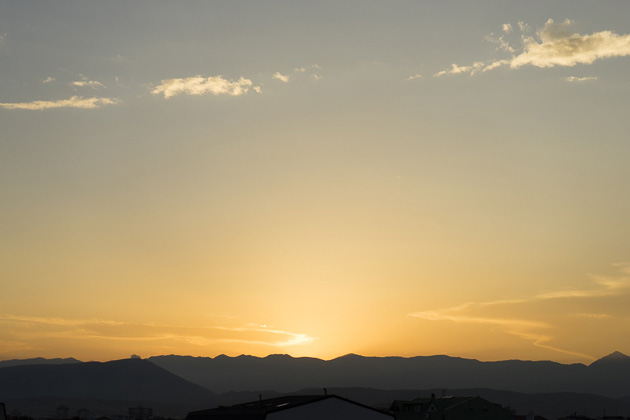



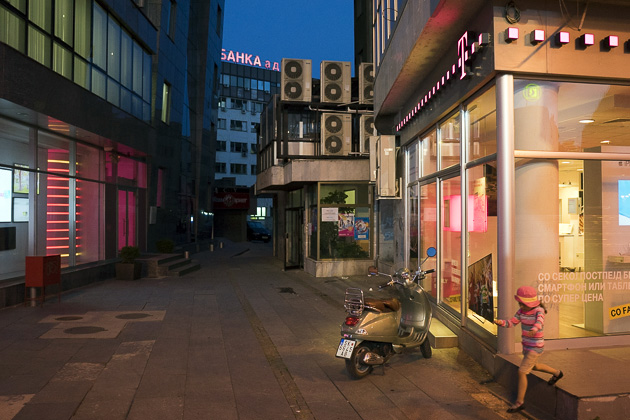


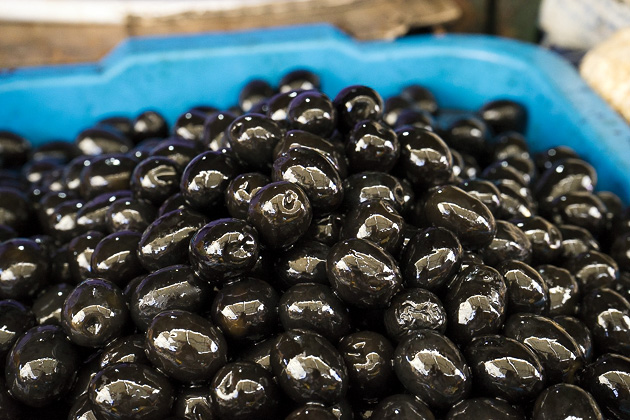

“and Turks were finally expelled in 1912 after an Albanian-led uprising.”Actually this is not true, you should re-check your sources, the Turks (Ottoman) ended it’s rule over Macedonia with the First Balkan War, 1912. Coordinated attack of Serbia, (Montenegro), Bulgaria and Greece which resulted with Ottoman defeat and occupation of Macedonia (split between the 3 parties Greece-Agean part, Serbia-Vardar part, Bulgaria-Pirin part.)Albanian uprising/revolt was in 1909-1910 and it did not resulted with expel of Ottoman from Macedonia
Thanks for the correction. The Albanians did capture Skopje during their 1912 revolt against the Ottomans (https://en.wikipedia.org/wiki/Albanian_Revolt_of_1912), but it’s more correct to say that the Ottomans lost control of the territory after the First Balkan War. We’ve updated the post 🙂
lots of wonderful images guys!!! keep ’em coming. thanks.
Enjoying the old-world feel already!